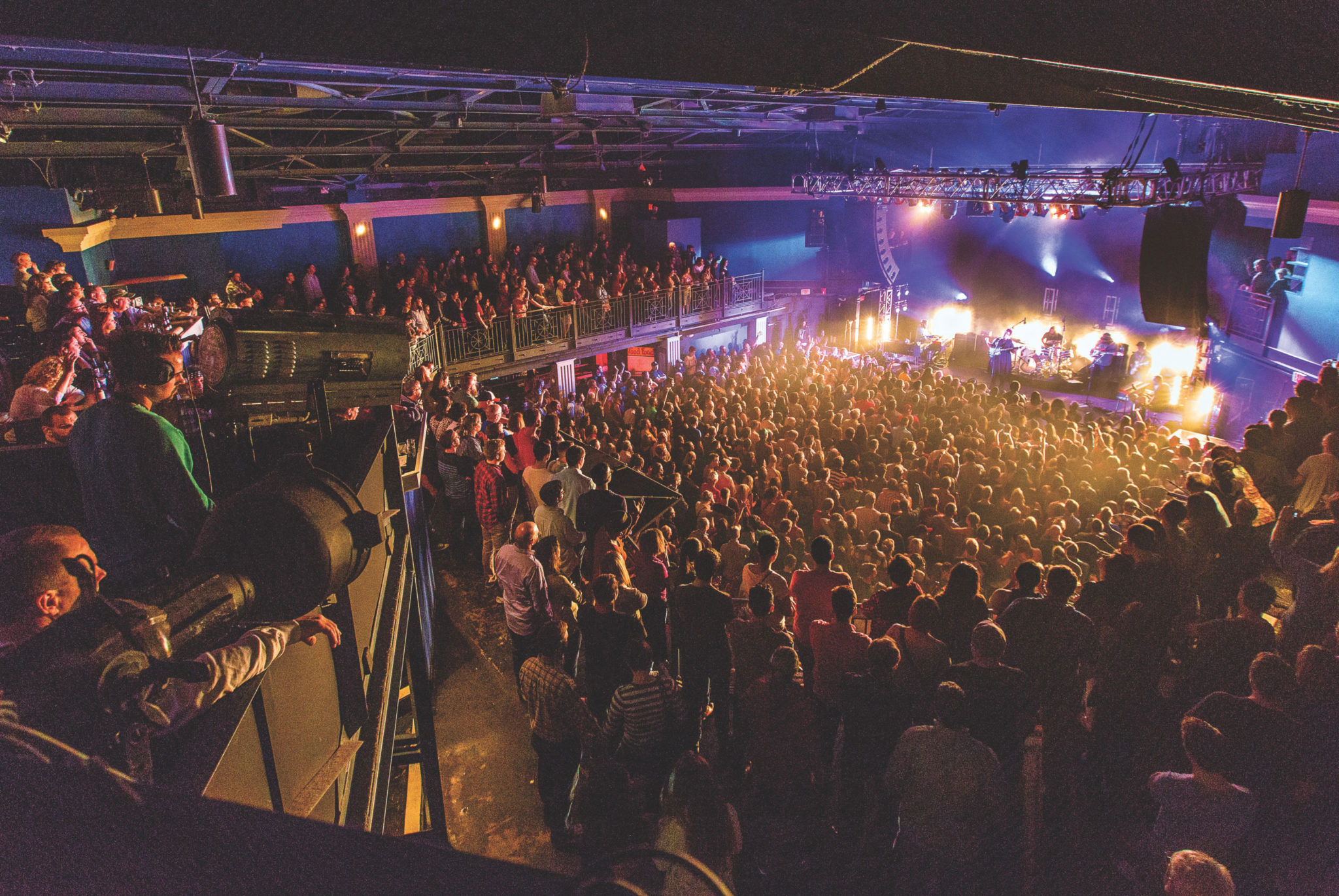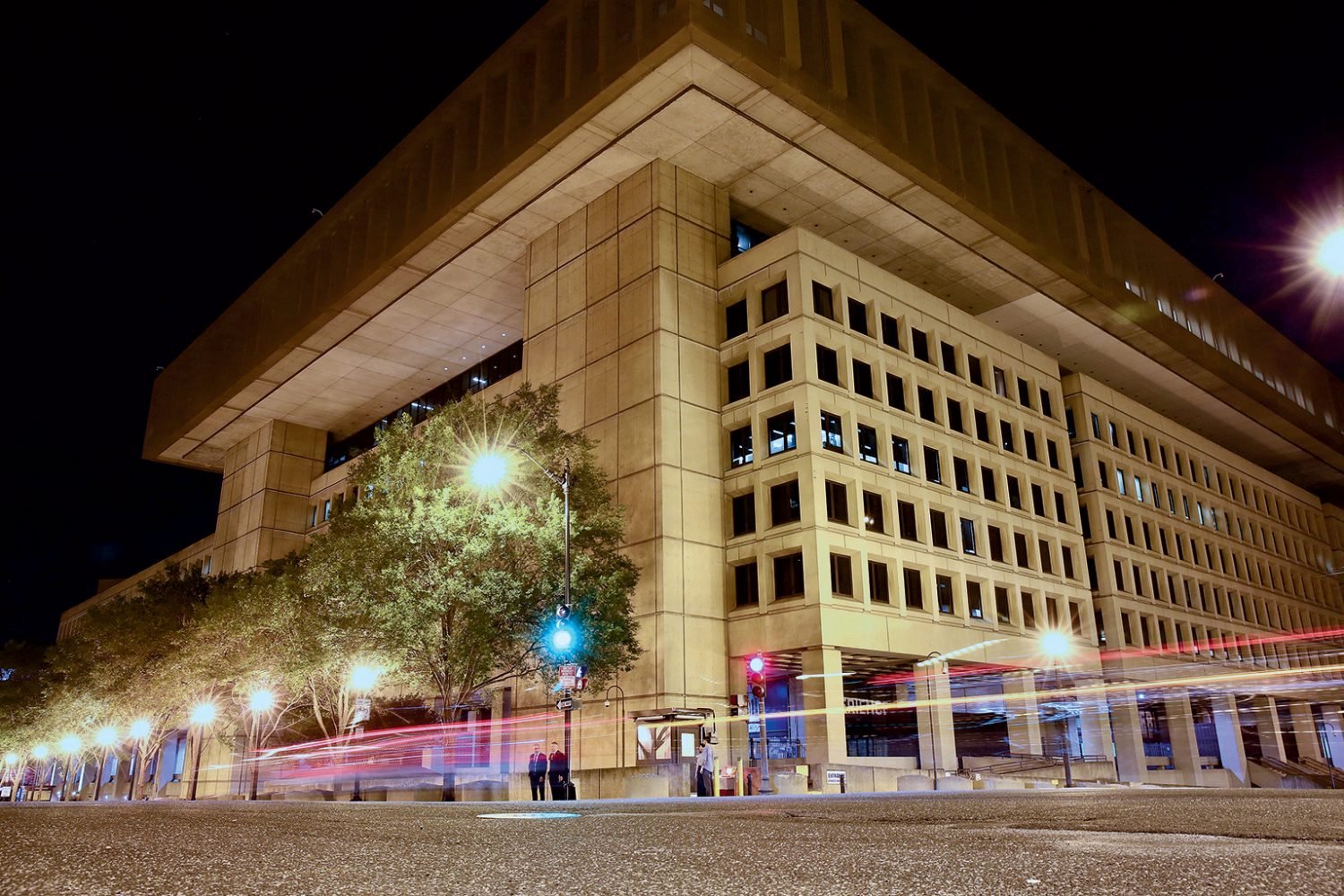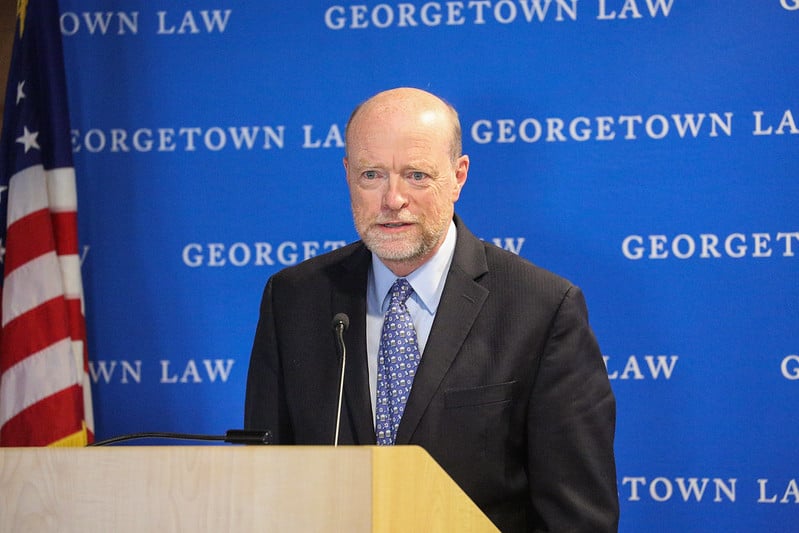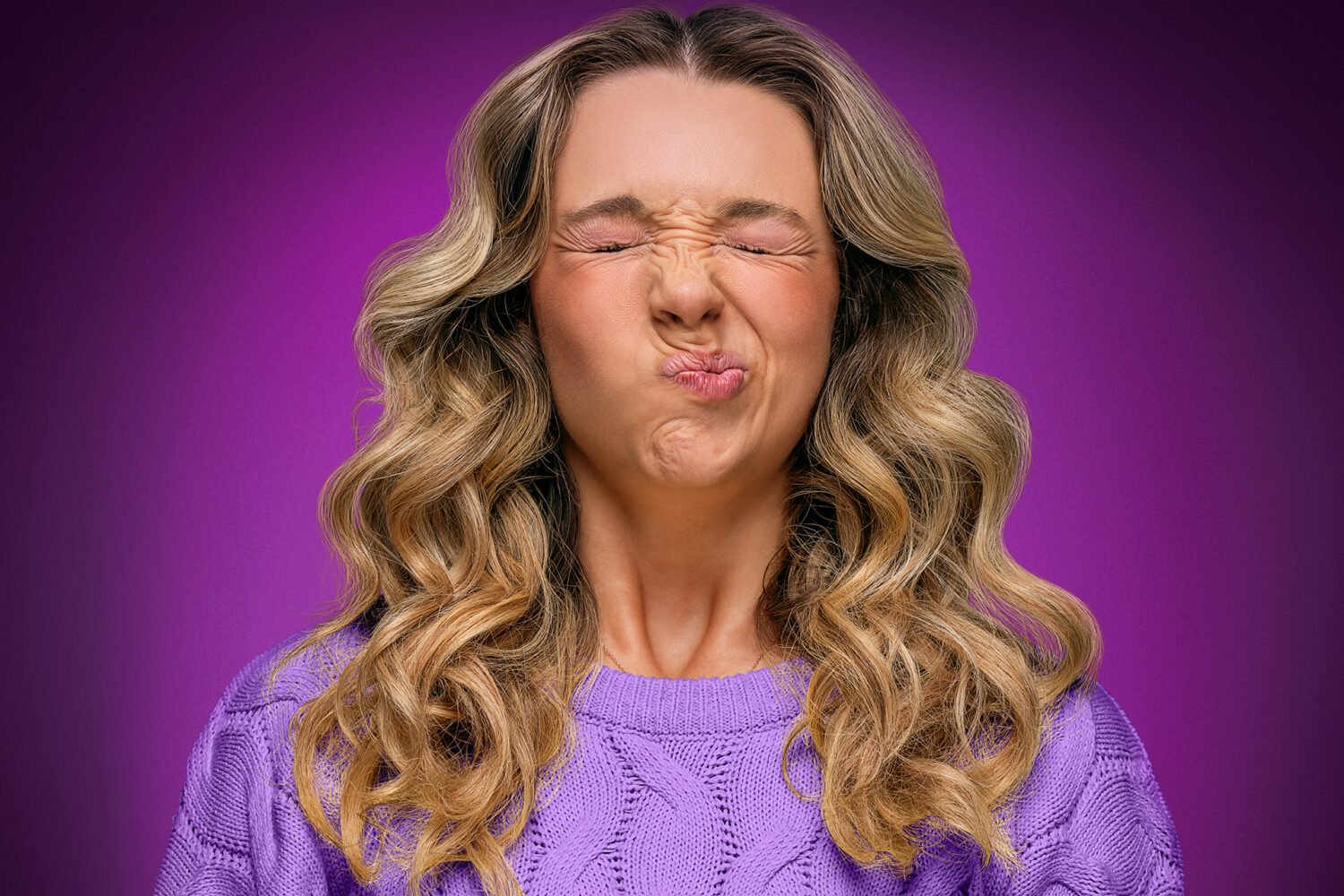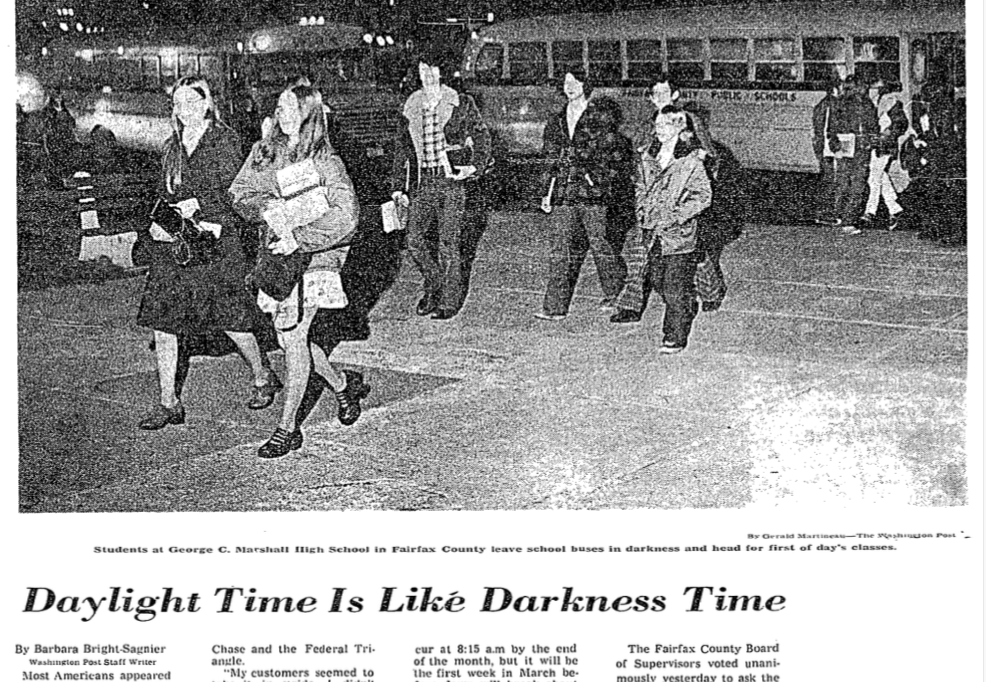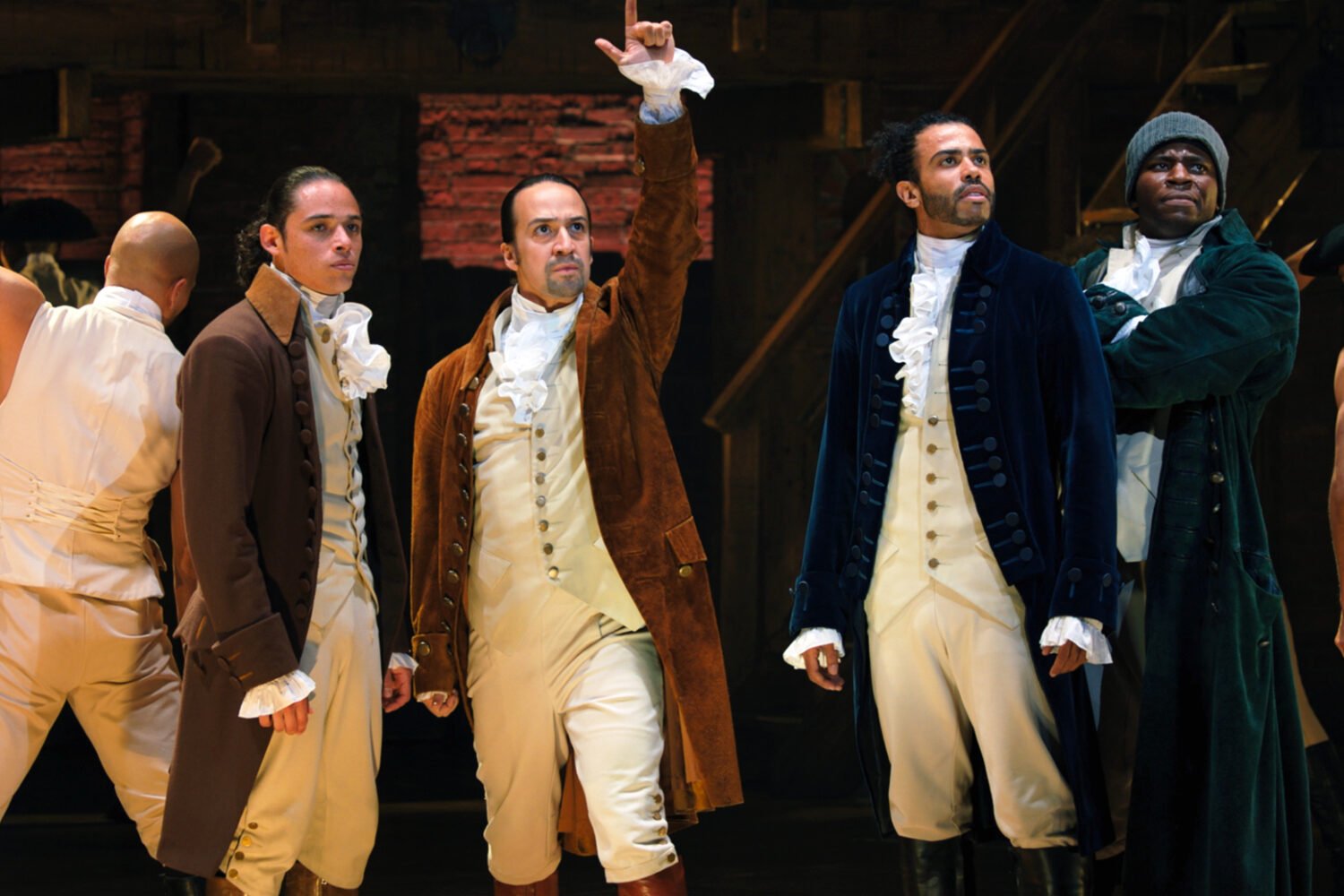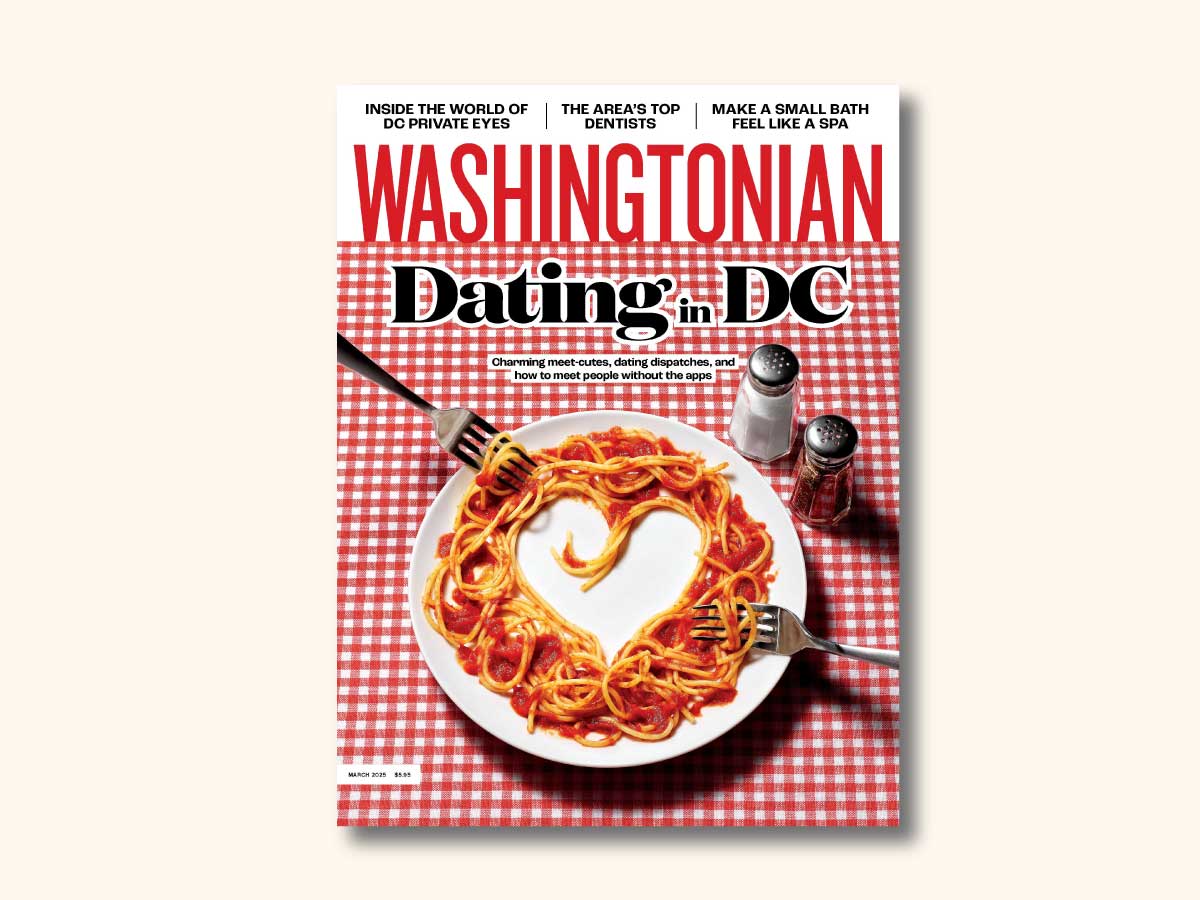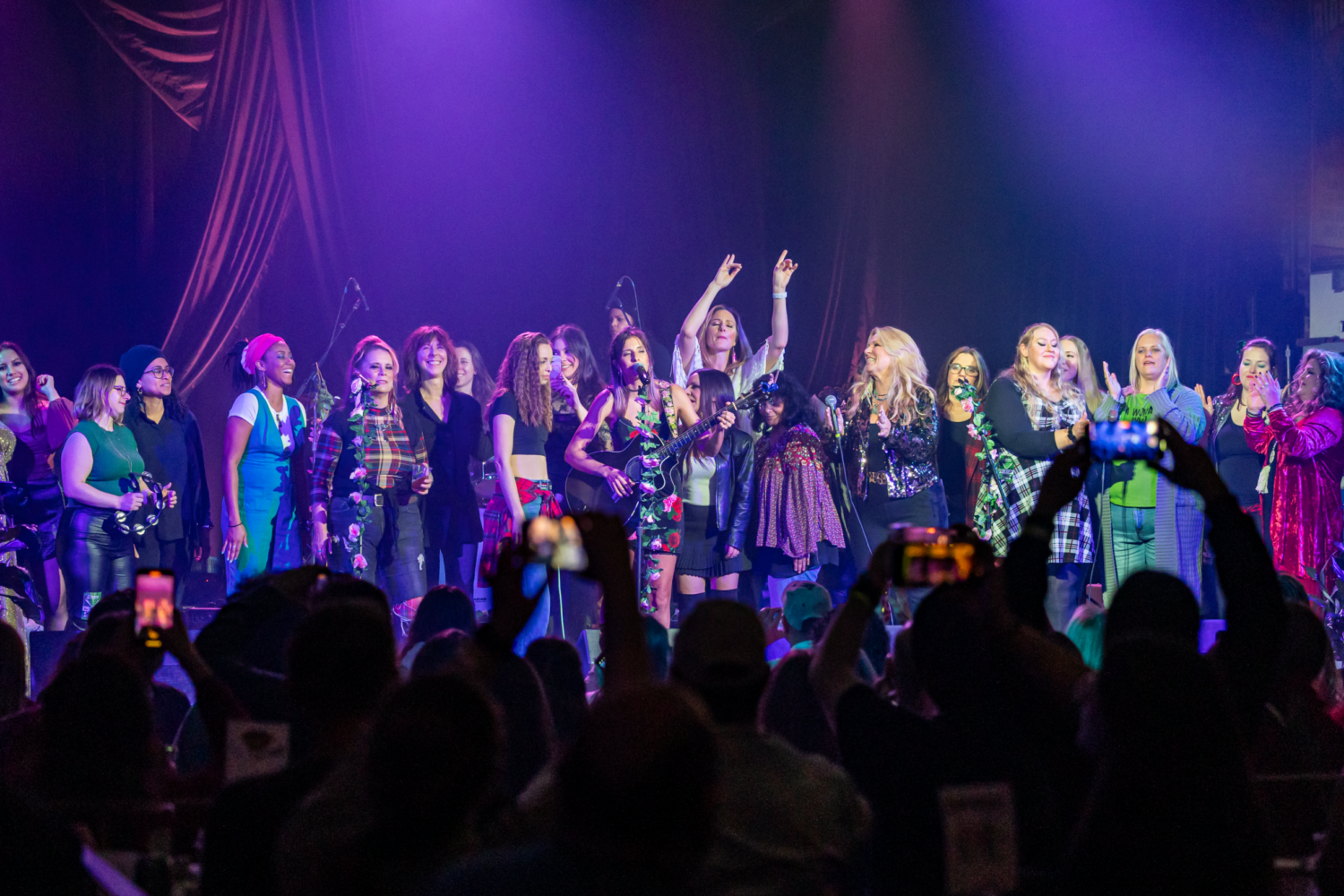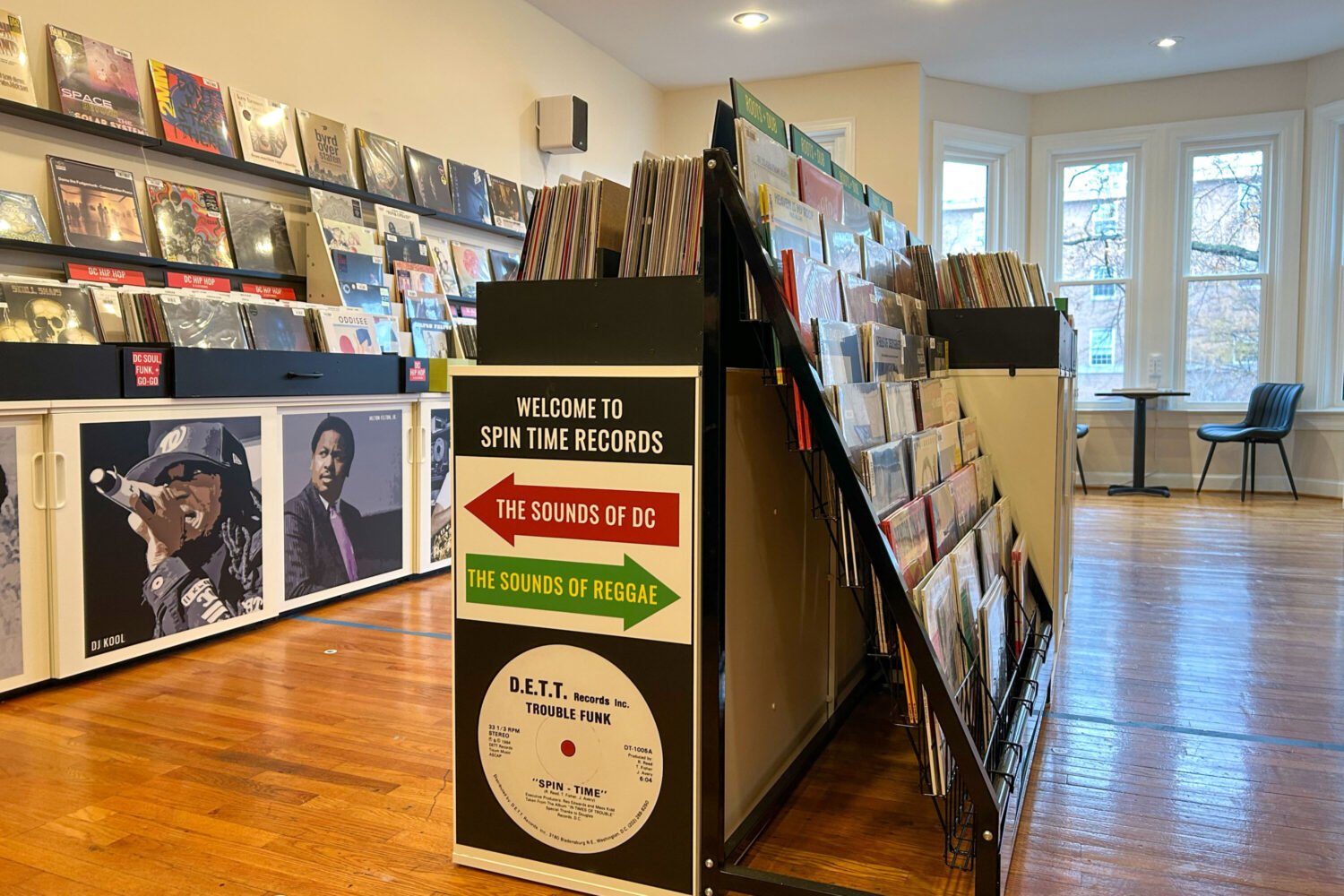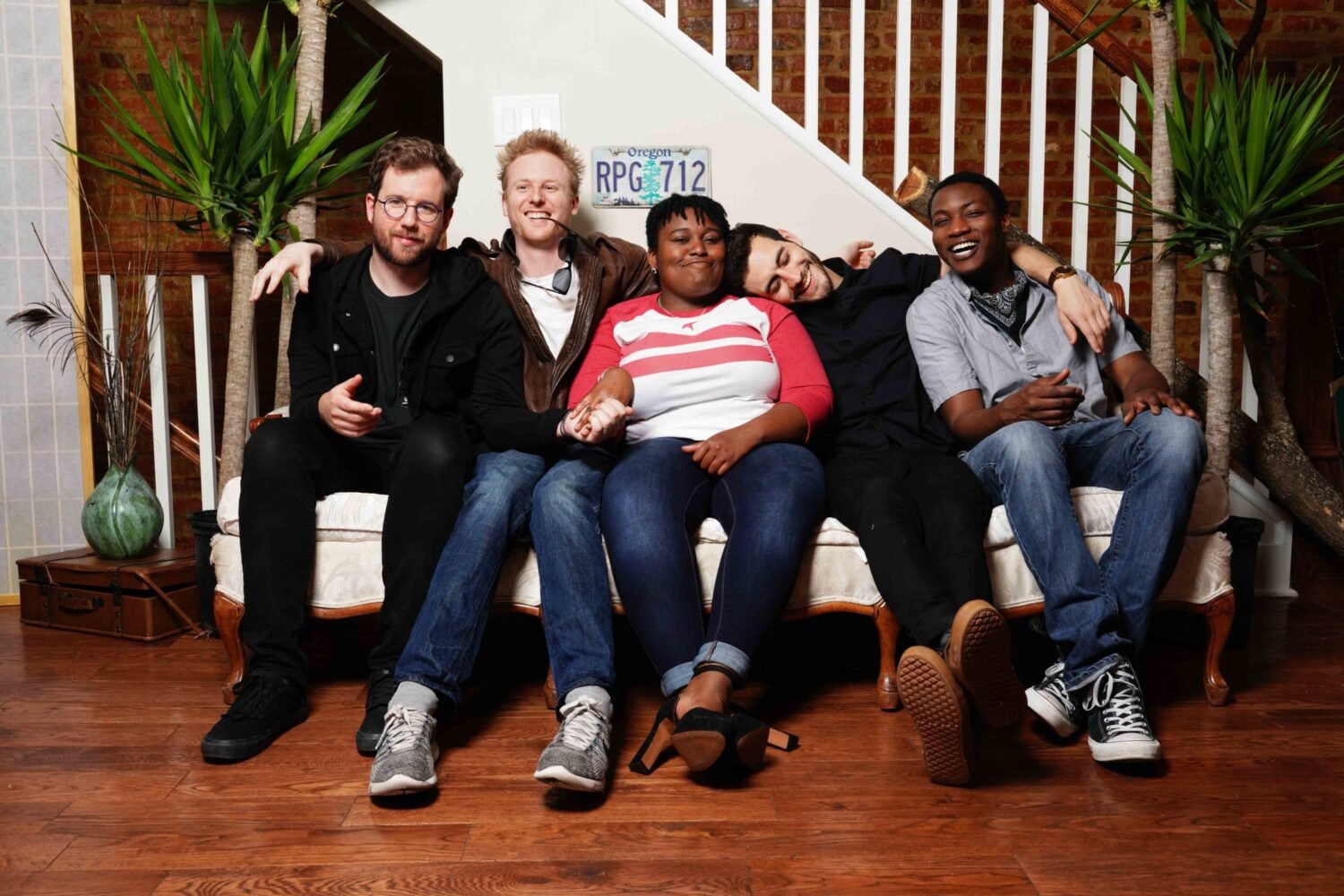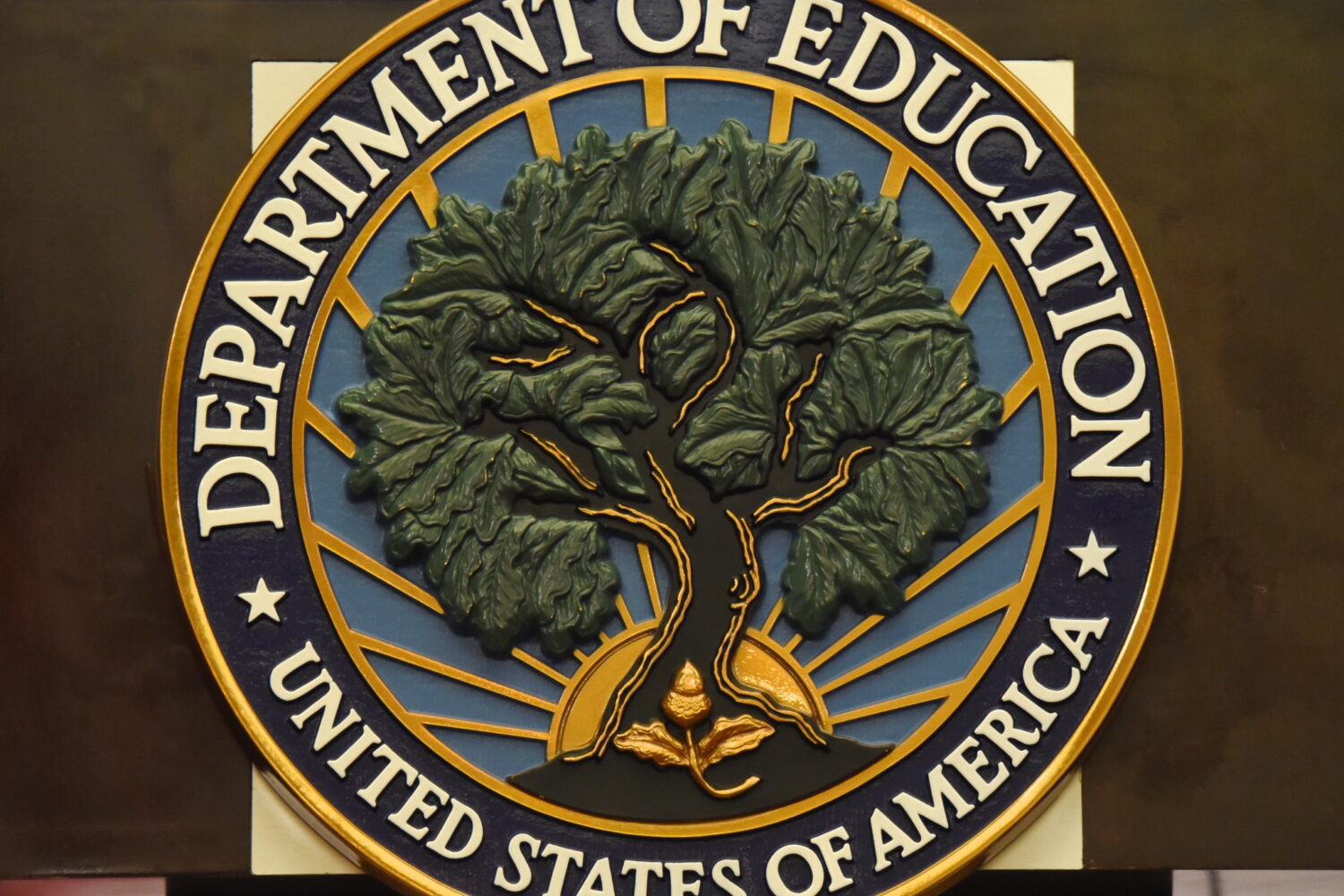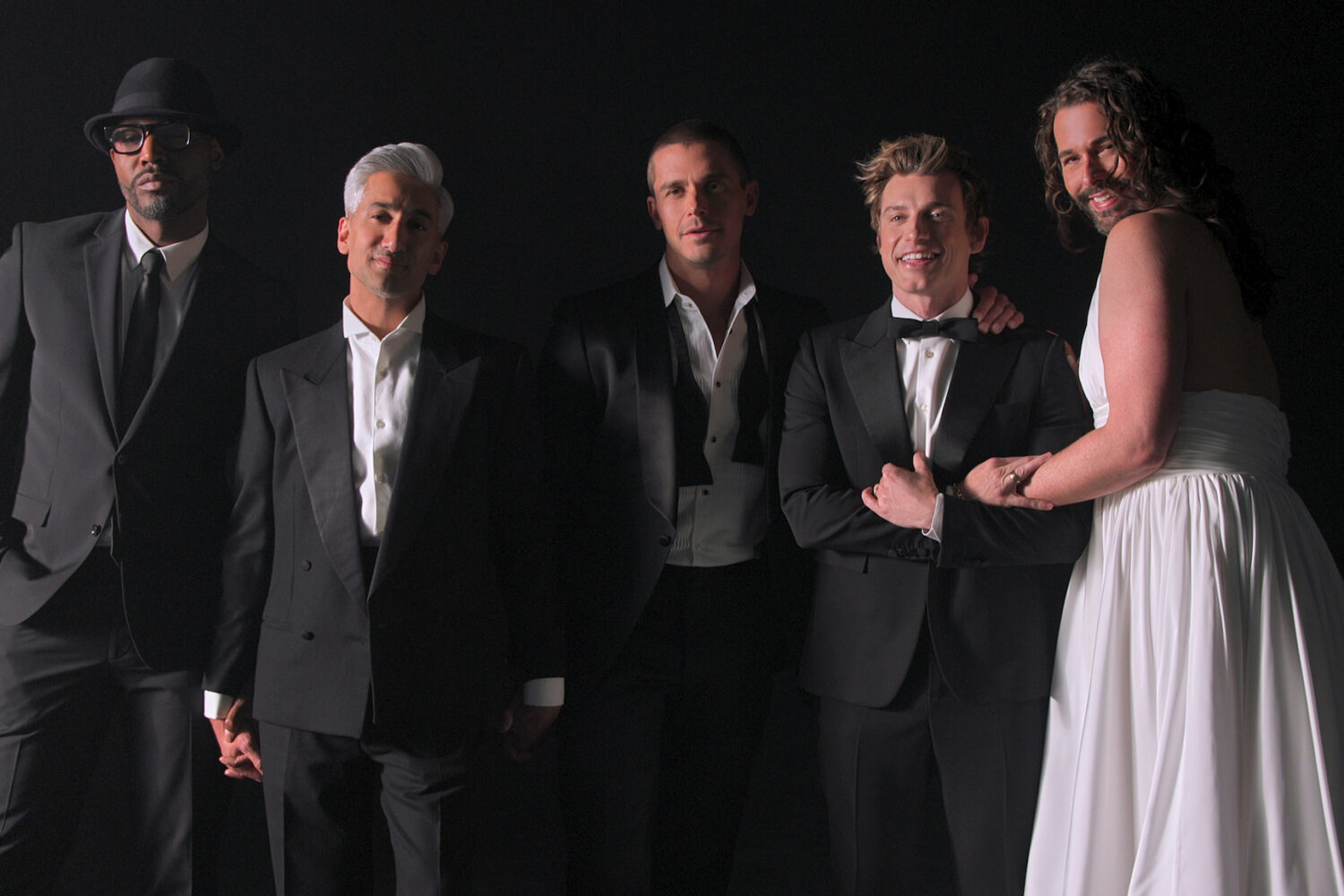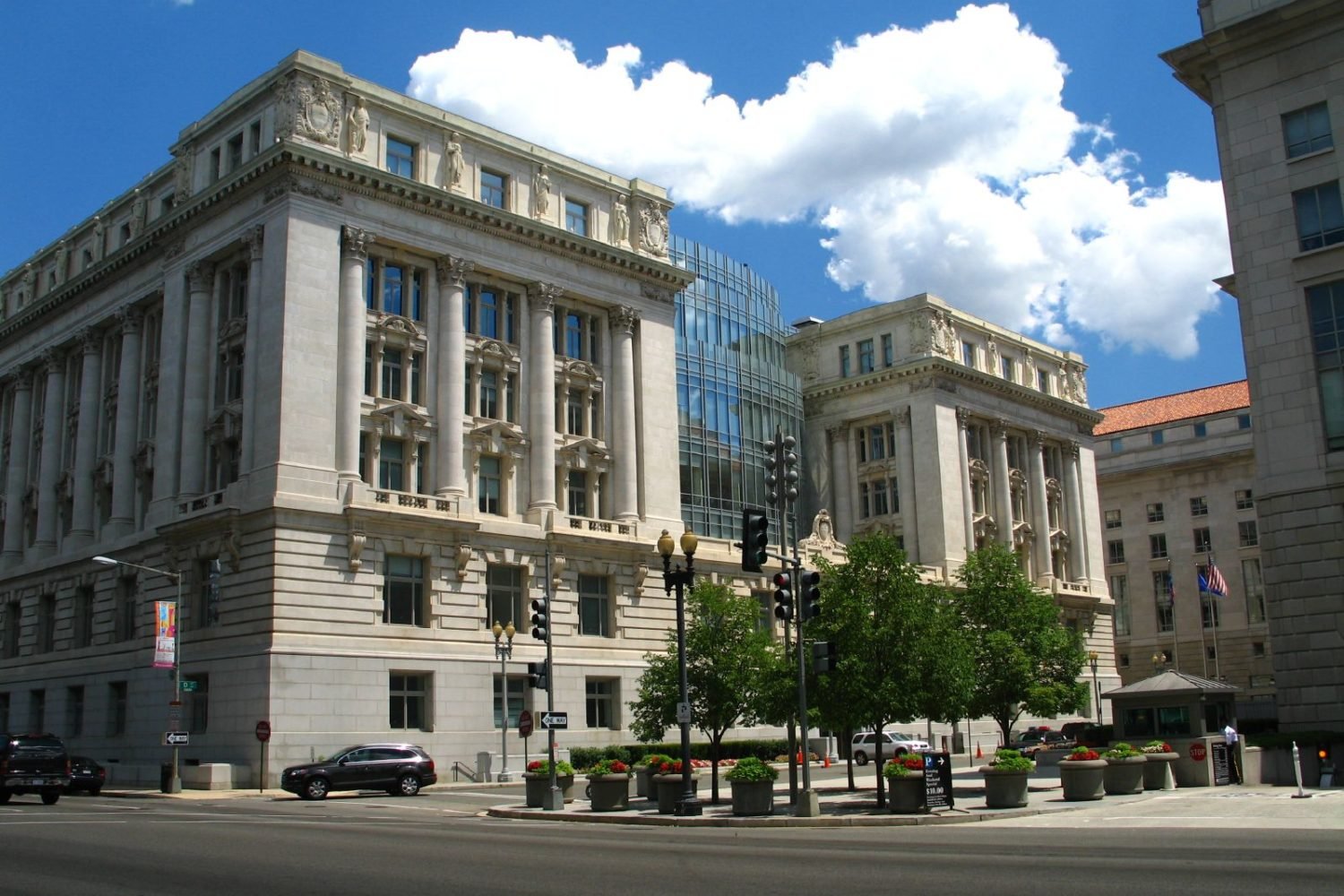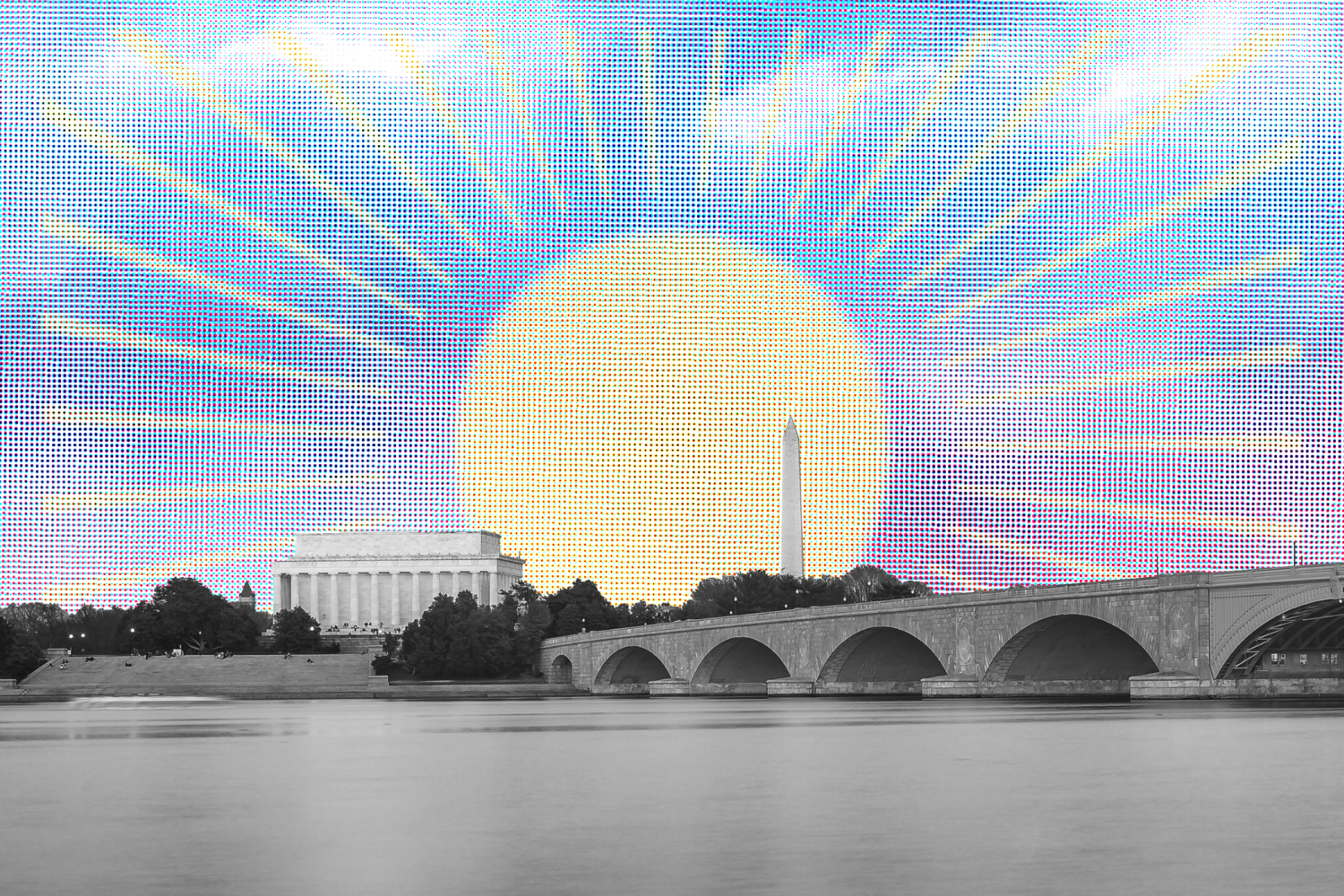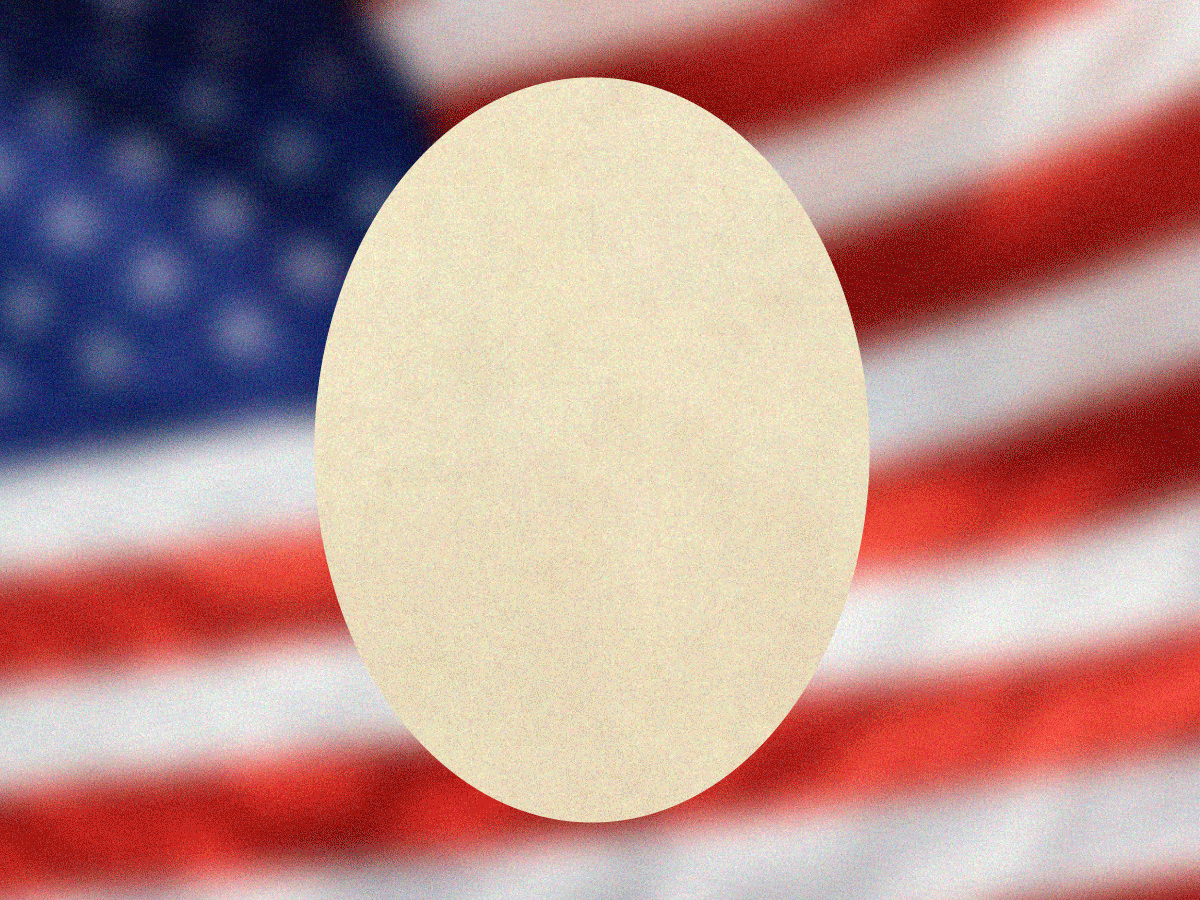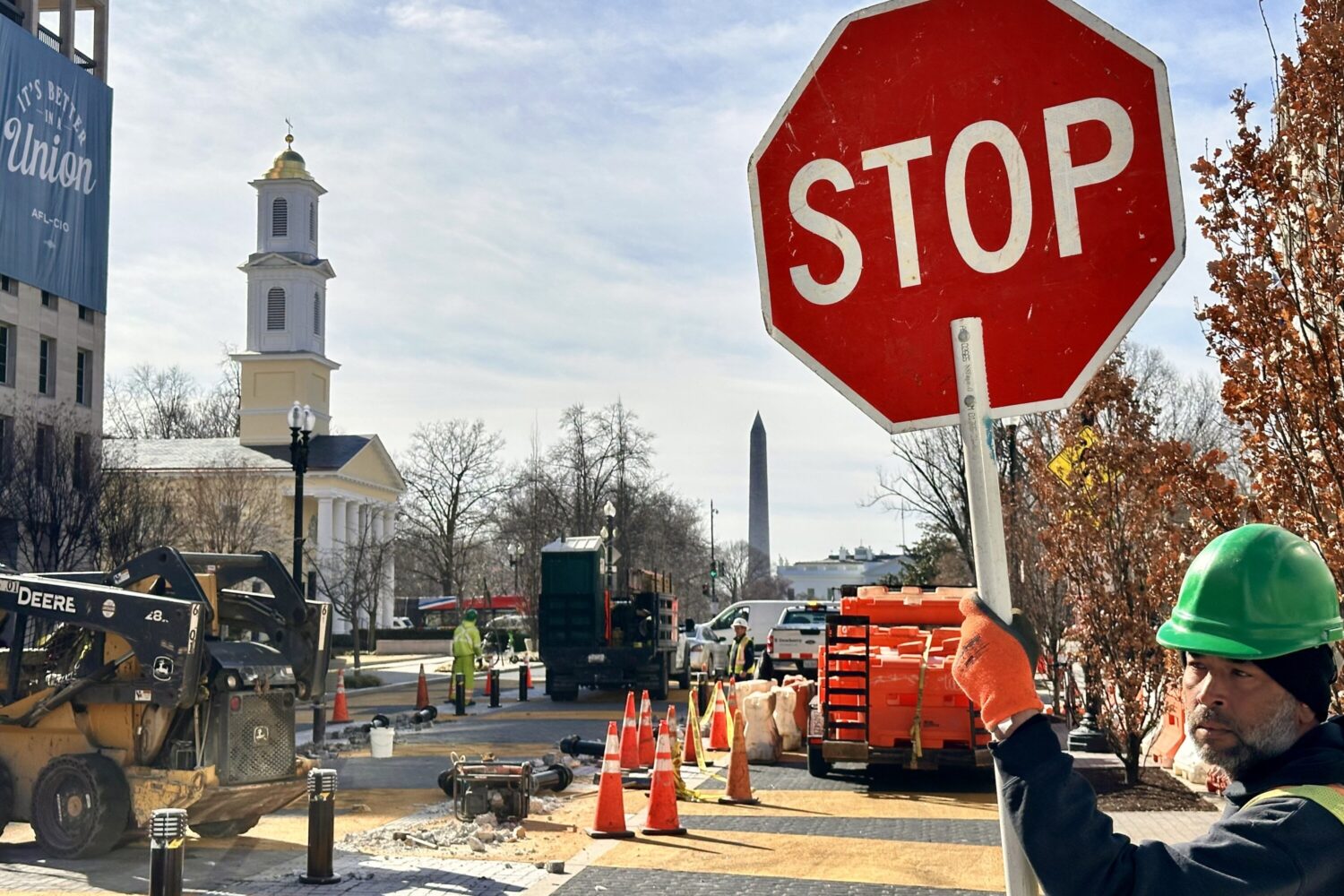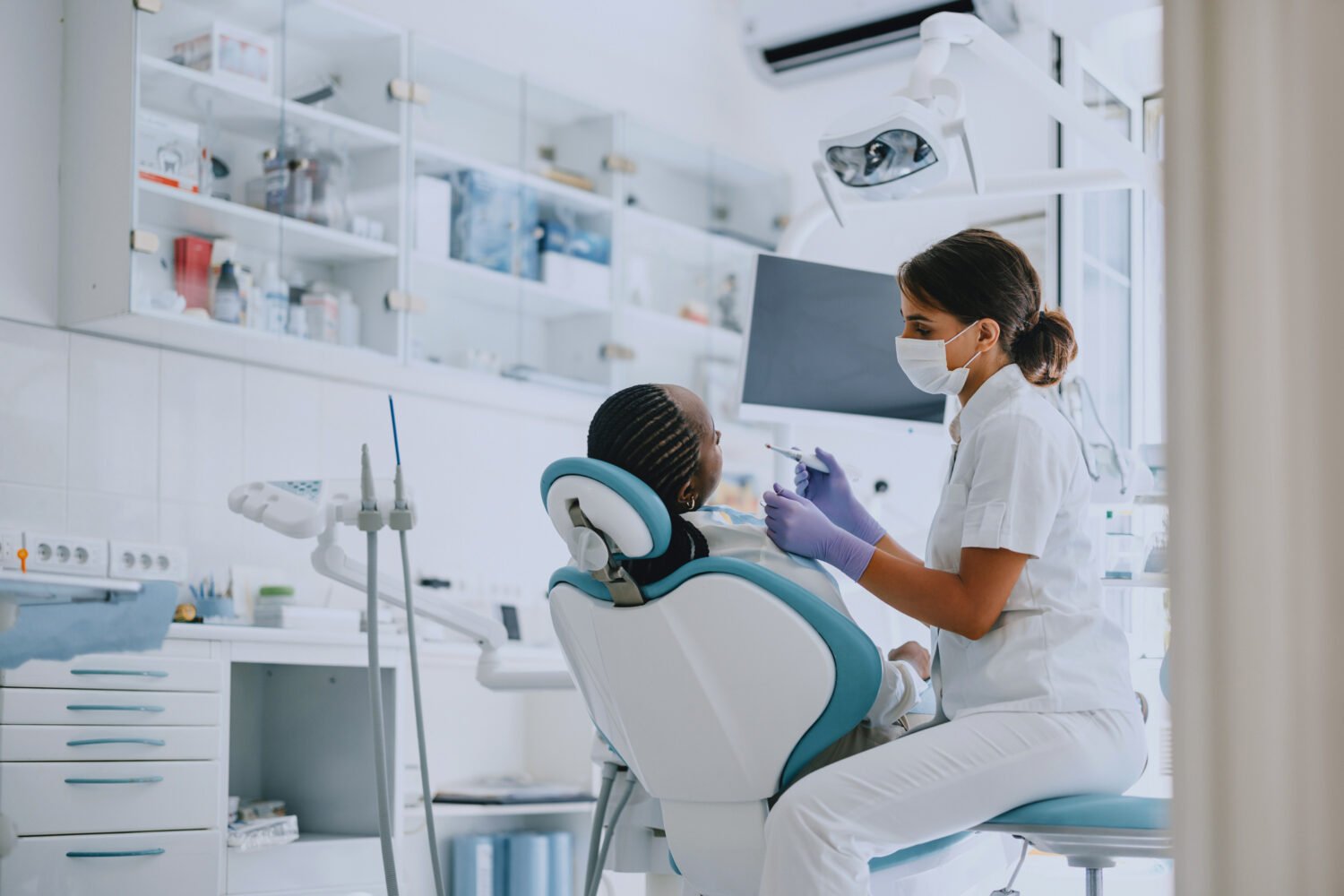Almost three full years after the start of the coronavirus pandemic, live music has fully returned to the Washington area. So how did the scene survive and bounce back?
For answers, we talked to Audrey Fix Schaefer, head of Communications for I.M.P., an independent concert company whose venues are 9:30 Club, The Anthem, Merriweather Post Pavilion, and Lincoln Theatre.
For I.M.P.’s music venues, Schaefer says, business is better now than it was a year ago—and definitely better than it was two years ago. “Right now, we seem to be in a pretty good state,” she says. “Bands are all touring, so we have a full schedule. Patrons are coming out, they’re buying tickets, and we have a lot of sold out shows.”
All of that has been a long time coming. Schaefer describes the pandemic as feeling like the DC live music scene spent “900 years underwater.” As was the case for many businesses—particularly those that depend on drawing large crowds—sheer survival was a challenge, and one that required government help.
In April of 2020, Schaefer got a message from Dayna Frank of the venue First Avenue in Minneapolis. Frank reached out under the assumption she’d have some lobbyist connections in DC. With no certainty of when lockdowns and other public health measures would end, both women knew their venues would need federal assistance to stay afloat.
As it turned out, Schaefer did know some lobbyists, and they worked together to form the National Independent Venue Association. Over the next several months, the association added 3,000 members with venue operators in every state, Puerto Rico, and Guam, and successfully lobbied for $16 billion in emergency relief. Originally introduced as the Save Our Stages Act by Senators Amy Klobuchar (D) of Minnesota and John Cornyn (R) of Texas, the program ultimately was passed as the Shuttered Venue Operators Grant and was administered by the Small Business Administration.
Schaefer explains that NIVA was able to appeal to lawmakers by focusing not only on music venues, but also on the businesses surrounding them. She referenced a 2019 study conducted in downtown Chicago which found that for every $1 spent on admission to an arts performance, $12 in economic impact was generated in the area. “We were able to explain to senators and representatives what it meant, not just for our businesses, community, and employees, but the community as a whole, financially, but also the whole ecosystem of touring musicians,” Schaefer says.
A healthy ecosystem of smaller venues, Schaefer says, is what gives artists such as Bruce Springsteen and Lady Gaga the opportunity to become mega-draws. “Stars don’t start on the big stage,” she says. “They start on our small, independent stages.”
In the future, Schaefer hopes that the creation of the NIVA and the experience of the pandemic will help independent music venues better respond to Covid surges or other unforeseen business challenges. “Now that we have each other, resources, and a structure, we will be far more able to react quicker,” she says, adding that she is grateful for the community the association has built—people who she now considers family.
A similar sense of solidarity is what drives the live music scene in the first place. During Covid, Schaefer says, “what people invariably told me that they missed most was live music and getting to walk into a venue and not knowing anybody, but still having a sense of community with them because they share the love of the same artist that was going to be on that stage.”
Schafer hopes that people who haven’t returned to music venues since the start of the pandemic will now return to see their favorite artists in person. But for those who are not yet comfortable attending crowded venues, she says, “I think people should listen to their gut and listen to their heart.”
For her part, Schaefer is glad to be back at concerts, working with many staff members who never left. Beyond I.M.P.’s four venues, she loves how many music spots there are in DC, listing DC9, Songbyrd, Union Stage, Pie Shop, Black Cat, and Pearl Street Warehouse. “You could go out every single night of the week,” she says, “and oftentimes do two shows if you can figure out the timing on it.”

